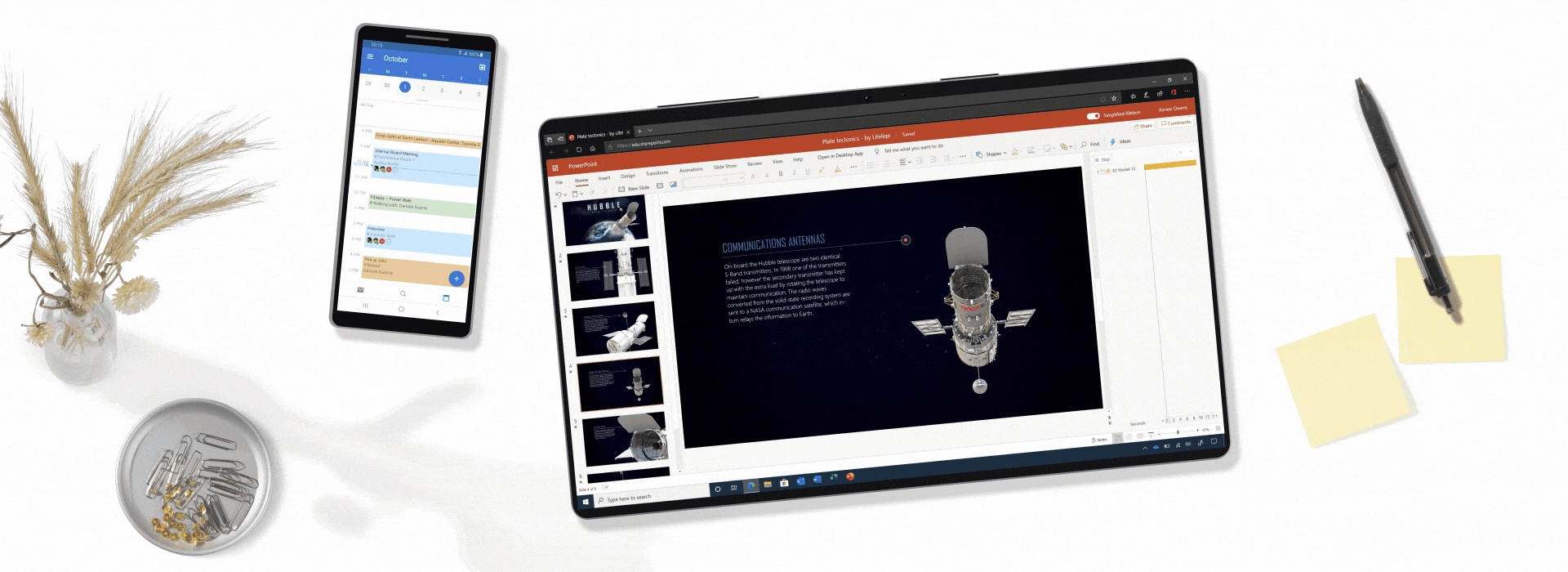
If you are familiar with OCSLogger, the term providers refers to the collection of components (for example, S4, SIPStack), a logging type (for example, WPP, EventLog, or IIS logfile), a tracing level (for example, All, verbose, debug), and flags (for example, TF_COMPONENT, TF_DIAG). A provider defines what the logging session collects, what level of detail, what components to trace, and what flags are applied.

Use an existing provider or create a new provider. You can run two scenarios at any given time on a computer. A scenario in Centralized Logging Service is made up of scope (global or site), a scenario name to identify the purpose of the scenario, and one or more providers. You can tailor the search command to return the entire aggregation of logs that were captured and stored on all machines, or return a trimmed-down result that captures specific data.ĭefine a Scenario, or use a default scenario. Search logs on one or more computers and pools for a single location and command. Stop logging on one or more computers and pools from a single location and command. Start logging on one or more computers and pools from a single location and command. You can use the Centralized Logging Service to perform the following tasks: It is an enhanced replacement for the OCSLogger and OCSTracer tools that were provided in previous releases.
Microsoft lync 2013 login how to#
(Not sure how to get that though he just said “ask your IT” but I don’t think anyone here really knows as it’s all abstracted away from us.The Centralized Logging Service is a new feature in Lync Server 2013. If that hadn’t worked, Stefan suggested I would have needed to determine what the current correct value for my O365 login is and supply that instead. In my case, setting the Login value to blank restored connectivity for me. This was really confusing to me, as I haven’t touched my config settings since we were upgraded to Office 365 in March 2012, and it had been working happily all this time…

“The specified member name is either invalid or empty.” However, as a result, if you still have your old BPOS login (or potentially any other value than whatever the correct value might be) in the Login field, Office 365 will return a different cryptic error: Stefan updated sipe in 1.15.1 to address the issue you describe above. I’m leaving a comment here in order to further improve the Google search results on a related issue: In the end my Pidgin settings was just like SIPE tells us to: I am not sure how much of this was “just to be sure”. This consisted of backing up my email into a new PST-file (not needed), deleting everything under C:\Users\mywindowsuser\AppData\Local\Microsoft\Office\15.0\Lync and changing the username part-by-part first the last part from domain.no to, then the first part, then the last part back again – and logging in to between the steps, checking that my Lync settings was being propagated. While Microsoft told me it was possible to fix this by changing my Lync logon from primary email to username, the best solution for me was to change my username to match my primary email address.
Microsoft lync 2013 login password#
Pidgin required that my username be my Office 365 username (or else it would give password error), but it would give the elusive SIP URI mismatch error if I put anything else than blank or my username in the logon field.

Possibly because we were early adopters of BPOS (previous version of Office 365), possibly because my first-time signin on Lync was using my primary email, possibly because of something else entirely, Lync signed in with my primary email while Outlook and everything else signed in with my username. The problem was due to my primary email being different from my account user name. I am duly impressed both by Microsoft and the-man-whose-name-contains-a-lot-of-a’s in this case. He went above and beyond on my support request, consulted superiors, spent several hours with me on the phone while we worked together on debugging and fixing this – and this on a problem and client (Pidgin) that Microsoft does not even support!

The great interwebs did not have a lot of information, but the case was eventually solved by heroic effort from Microsoft support engineer Sankaranarayanan (v-9sak). My environment was Pidgin 2.10.7 and SIPE 1.15.0 on Win8 connecting to Office 365 (no local AD). The Pidgin GUI kept saying “Web ticket request to webdir0e- :443/ CertProv/ CertProvisioningService.svc failed” while the debug log from running pidgin –debug ended with an XML containing “Web ticket request error – SIP URI mismatch” – after confirming username and password to be ok. I had been trying to get the open source instant messenger client Pidgin to connect to Lync using SIPE.


 0 kommentar(er)
0 kommentar(er)
